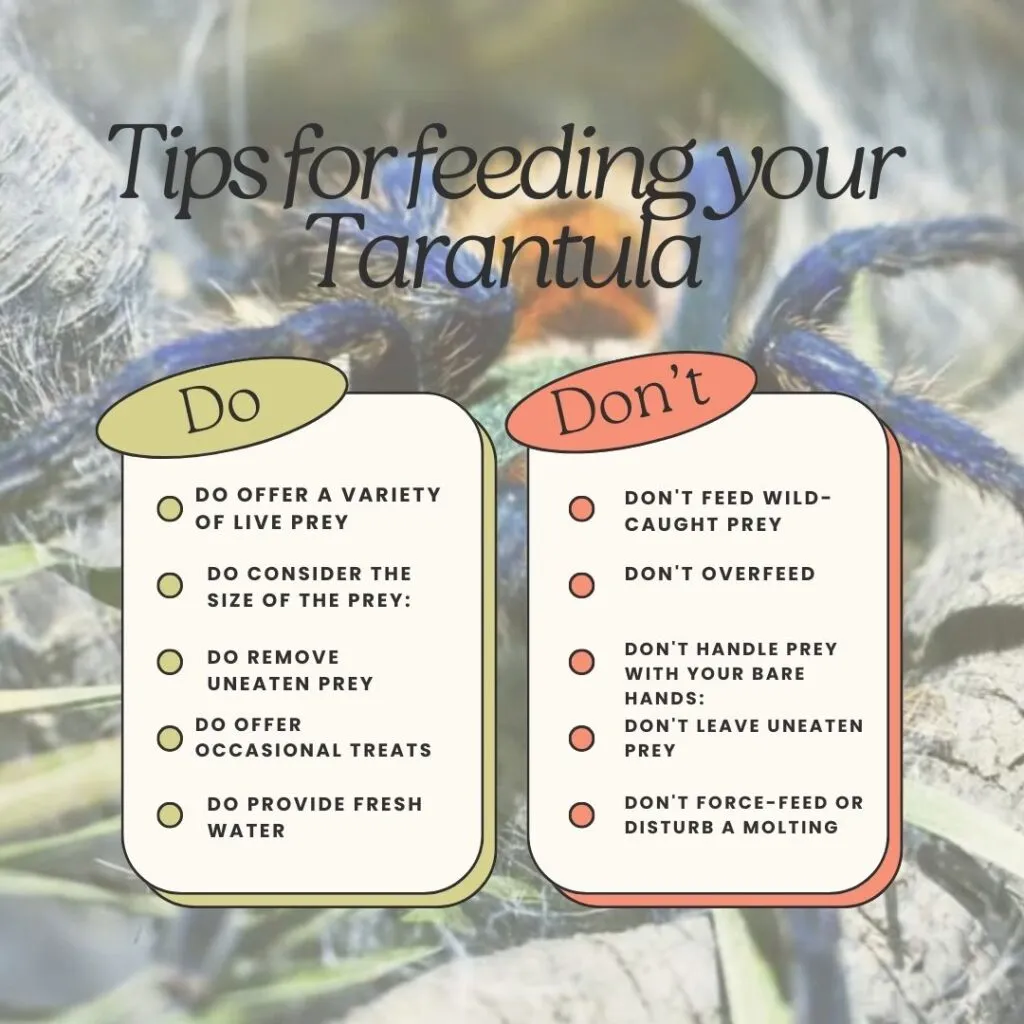Understanding Tarantula Feeding Behavior
Successfully feeding your tarantula is a crucial aspect of responsible pet ownership, ensuring your eight-legged friend remains healthy and thrives. Understanding their feeding behavior is the first step. Tarantulas are ambush predators, meaning they wait for prey to come within striking distance. They have diverse appetites, influenced by multiple factors, making it essential to create a feeding environment that caters to their specific needs. This comprehensive guide offers expert advice on how to get your tarantula to eat, addressing common challenges and promoting optimal well-being.
Factors Influencing Appetite
A tarantula’s appetite is not constant. Several factors can influence whether your tarantula is eager to eat or chooses to fast. Being aware of these factors is important in understanding your tarantula’s behaviour and providing the best care. Temperature, humidity, and stress are key elements influencing their willingness to feed. Also, the molting cycle impacts their need to eat and what they will accept when food is offered. Keep a close watch on your tarantula to best understand their feeding patterns.
Temperature and Humidity
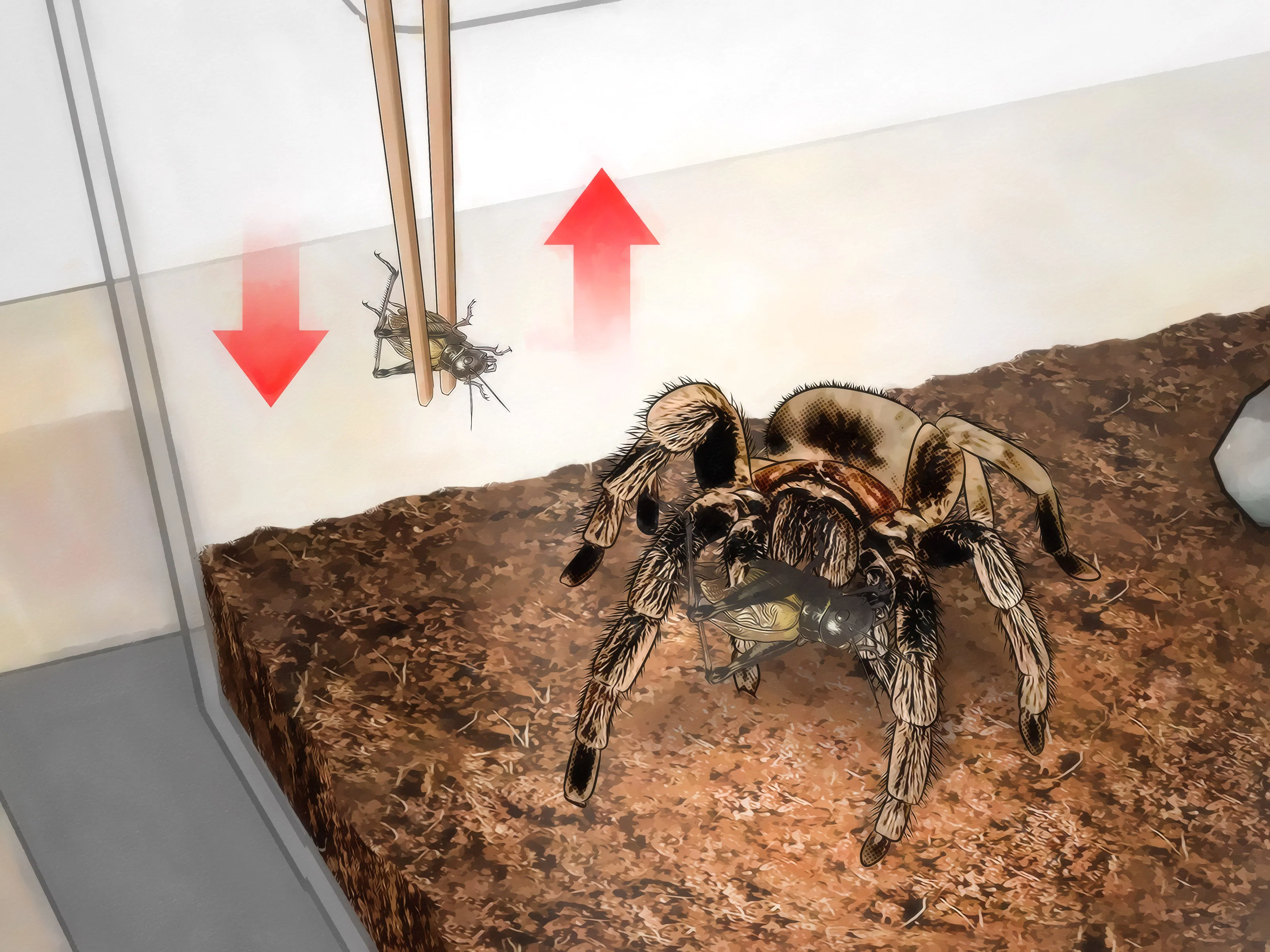
Tarantulas, being ectothermic animals, rely on external sources to regulate their body temperature. Maintaining the correct temperature range is critical for their metabolism and appetite. Ensure the enclosure has a temperature gradient, allowing your tarantula to choose its preferred spot. Humidity levels also play a role; too low can cause dehydration, potentially affecting feeding behavior. Monitoring and adjusting these environmental factors are vital for a healthy tarantula.
Pre-molt and Post-molt Fasting
Tarantulas typically stop eating a few weeks before molting. This period, known as pre-molt, is characterized by inactivity and a darkening of the abdomen. After molting, their new exoskeleton needs to harden, and they are generally not receptive to food for a week or two. It is important not to offer food at these times to reduce any stress on the tarantula. Providing a stress-free environment during molting will increase their chances of a successful molt.
Stress and Environmental Conditions
Stress from disturbances, loud noises, or an unsuitable enclosure can negatively affect your tarantula’s appetite. Ensure the enclosure is in a quiet area, away from direct sunlight or drafts. A cluttered enclosure or lack of suitable hiding places can also stress a tarantula, discouraging it from feeding. Providing a secure and enriching environment is key to reducing stress and supporting healthy feeding habits. Careful attention to their environmental needs will help increase the chances of feeding success.
Choosing the Right Food
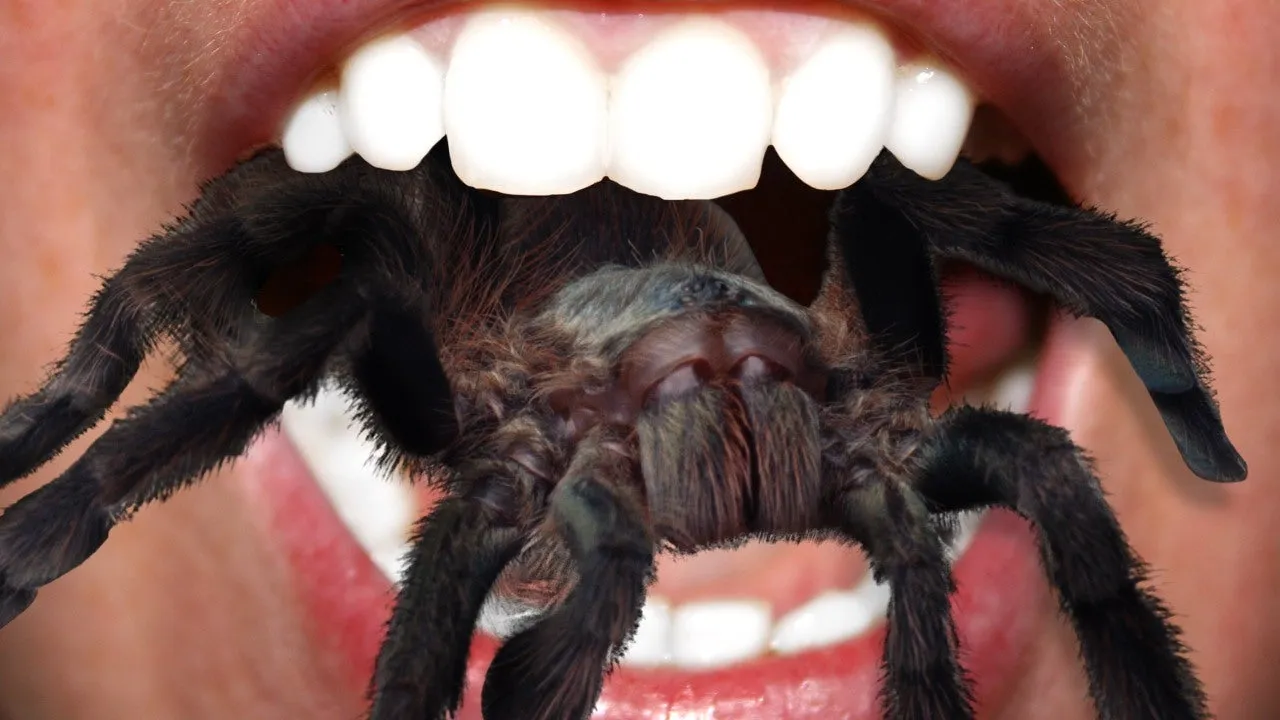
Offering the correct food is essential for providing the required nutrients. Choosing the appropriate prey, considering size and nutritional value, is necessary to support your tarantula’s well-being. Variety can also play a role, as some tarantulas may develop preferences. Providing a balanced diet with the right prey will keep your tarantula healthy and encourage it to eat regularly. The types of prey and the way you feed them is important to your tarantula’s diet.
Appropriate Prey Selection
The most common and nutritious food for tarantulas is insects. Crickets, mealworms, and dubia roaches are popular choices, each providing different nutritional profiles. Always ensure the prey is healthy and free from pesticides. Varying the diet can also benefit your tarantula by providing a broader range of nutrients. Experiment with different insects to find your tarantula’s preferences while ensuring they are getting a well-rounded diet. It’s best to offer a variety of options.
Prey Size and Quantity
The prey size should be appropriate for the tarantula’s size; as a general rule, the prey should be no larger than the tarantula’s abdomen. Offering too large prey can stress the tarantula and potentially lead to injury. Younger tarantulas require smaller, more frequent meals, while adults can be fed larger prey less often. Monitor your tarantula’s feeding habits to adjust the quantity and frequency. Finding the right balance of size and quantity is critical.
Nutritional Value
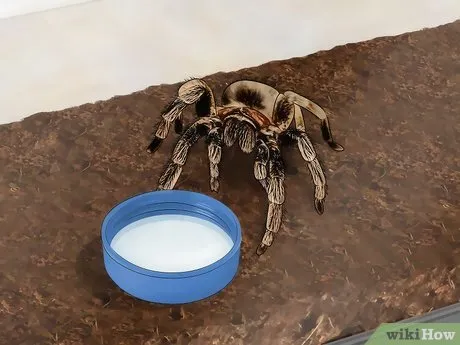
Different insects offer different nutritional profiles. Crickets are a good source of protein, while mealworms contain more fat. Dubia roaches are known for their balanced nutritional content. It’s beneficial to offer a variety of prey to ensure a balanced diet. Gut-loading the prey before feeding it to your tarantula enhances its nutritional value. This involves feeding the insects nutritious foods, such as vegetables and grains, before offering them to your tarantula. By ensuring your tarantula consumes food that is both healthy and varied, you are significantly increasing its odds of success and longevity.
Feeding Techniques
The way you offer food significantly impacts how well your tarantula feeds. Correct feeding techniques involve proper placement, observation, and timely adjustments. Providing the right environment can reduce stress, creating the ideal conditions for successful feeding. By implementing these techniques, you can increase the likelihood of getting your tarantula to eat, fostering a healthy pet. Correct feeding is important for the health and happiness of your tarantula.
Offering Food and Monitoring Consumption
Place the prey near your tarantula, ideally in a location where it can easily ambush its meal. Observe its behavior; some tarantulas will immediately pounce, while others may take their time. Monitoring your tarantula’s feeding habits allows you to assess its appetite and identify any potential issues. Keeping a log of feedings can help you track any patterns or changes in behavior, helping you identify if there is a problem. The most important element is patience.
Removing Uneaten Prey
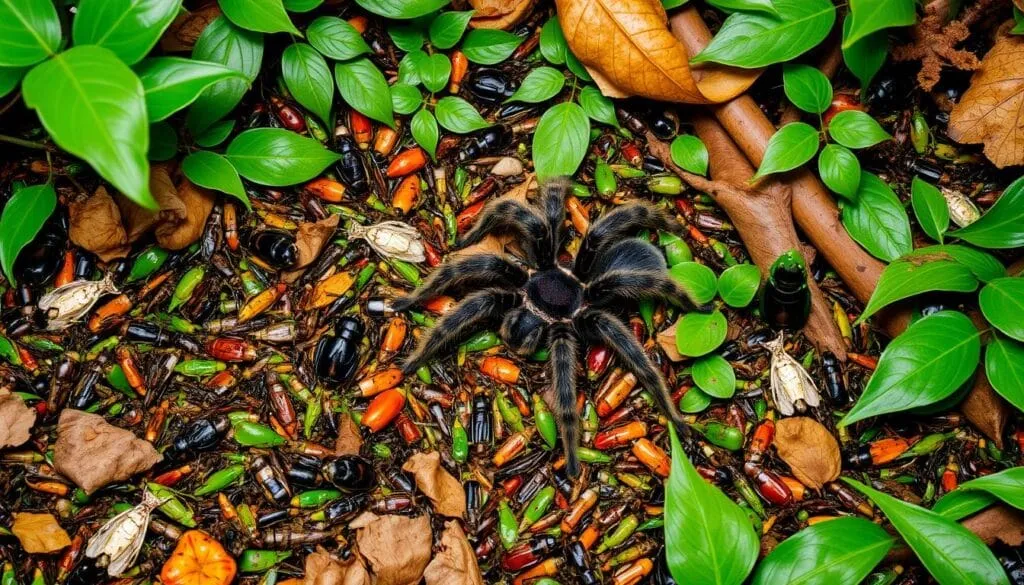
Remove any uneaten prey within 24 hours to prevent stress and potential harm to your tarantula. Uneaten insects can bite or annoy the tarantula, which can lead to stress. Removing the prey is essential to maintain a clean and healthy environment. It also provides a visual cue about the tarantula’s feeding habits. Regular cleaning promotes a healthy environment and helps reduce the risk of stress to your tarantula.
Feeding Frequency and Schedule
Younger tarantulas should be fed more frequently, such as every other day, while adults can eat less often, perhaps once a week or every other week. The feeding frequency should be adjusted based on your tarantula’s appetite and size. Monitor your tarantula’s abdomen for signs of fullness; a plump abdomen indicates it is well-fed. Establishing a consistent feeding schedule helps you monitor your tarantula’s appetite and overall health.
Addressing Common Feeding Problems
Even with the best care, tarantulas may occasionally refuse to eat. Understanding common feeding problems and how to address them is important for maintaining your tarantula’s health. Refusal to eat can be caused by a range of factors, from environmental issues to health concerns. By addressing these potential problems, you can improve your chances of success and ensure your pet thrives. Addressing any concerns immediately is very important to ensure their well-being.
Tarantula Refusal to Eat
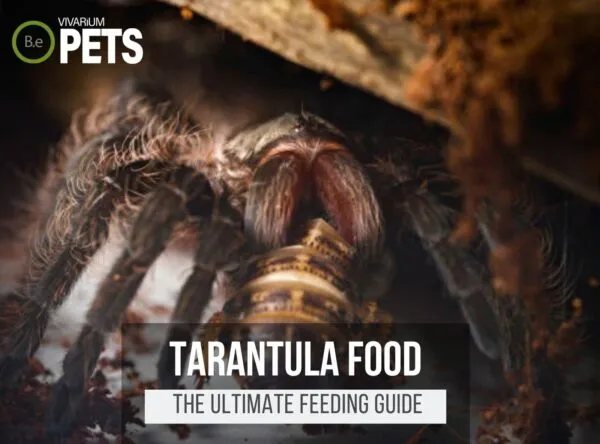
If your tarantula refuses to eat, first check the temperature and humidity levels. Ensure the enclosure is clean and provides suitable hiding places. Stress, pre-molt, or post-molt cycles can also cause a tarantula to refuse food. If the tarantula continues to refuse food for an extended period, consult a veterinarian or experienced tarantula keeper. There are also many different online resources that can provide assistance. Never give up, and be patient.
Dehydration and Health Issues
Dehydration can also affect feeding habits. Always provide fresh water in a shallow dish. Check for signs of dehydration, such as a wrinkled appearance. Other health issues, such as parasites, can also affect appetite; consult a veterinarian if you suspect a health problem. Early detection and treatment can prevent serious health issues.
Creating an Optimal Environment for Feeding
The right enclosure setup and environmental conditions are vital for getting your tarantula to eat. A well-maintained enclosure reduces stress and promotes healthy feeding habits. The design, temperature, and water all play a vital role in their happiness and well-being. Creating the right environment will enhance their willingness to eat. With careful planning and execution, you can build the optimal habitat for your tarantula.
Enclosure Setup and Maintenance
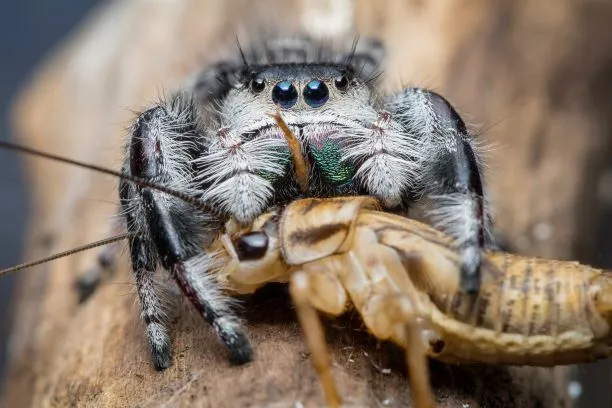
Provide an enclosure that is appropriate in size for your tarantula. Include substrate for burrowing species and ample hiding places. Maintaining a clean enclosure is essential to prevent stress and illness. Regular spot cleaning and occasional full enclosure cleanings are recommended. Make sure the enclosure provides everything necessary for your tarantula, including the right temperature and humidity. Providing the right substrate will help your tarantula feel secure.
Providing Fresh Water
Always provide a shallow dish of fresh, clean water. This is essential for hydration and helps with molting. Ensure the water dish is easily accessible and cleaned regularly. Dehydration can affect feeding behavior, so providing a constant source of water is crucial. Refilling the water dish frequently ensures your tarantula remains well-hydrated and in optimal health. Remember to use a shallow dish to avoid any issues.
In conclusion, successfully feeding your tarantula requires a thorough understanding of its needs and behaviors. By following the guidelines in this guide, from selecting appropriate prey to creating an optimal environment, you can significantly improve your tarantula’s feeding habits and overall well-being. Remember, patience and observation are key to providing the best care for your fascinating pet. The key is careful planning, a keen eye for details, and a proactive approach. Keep learning, and keep giving your tarantula the best possible life.
